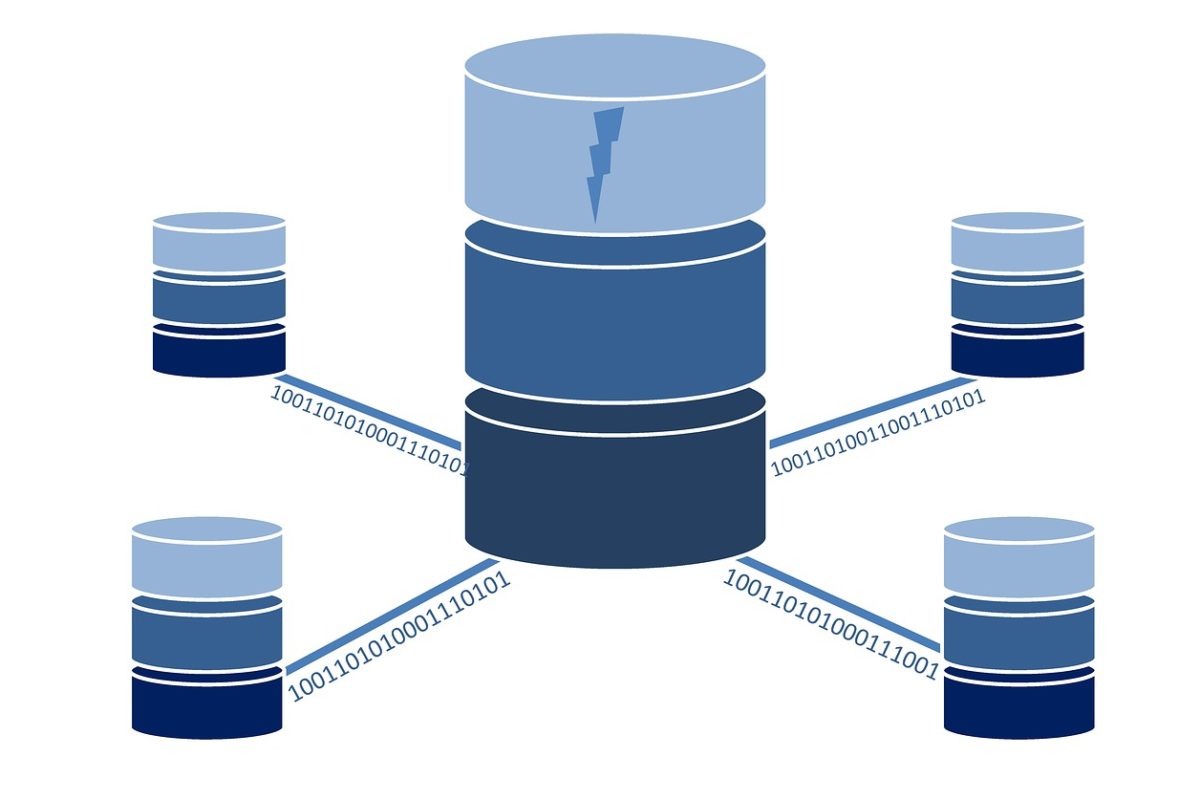A recent study by Oxford Economics found that more than half of all small and medium-sized businesses view digital transformation as a key business objective. Why? Because they believe that digitisation can improve business performance in many ways – including more efficient business processes and higher returns.
Data is at the heart of any digital transformation initiative. It is the foundation for understanding the current situation of the business and the basis for making directional decisions. Just like large corporations, midsize companies need the right tools to manage explosive data growth. On the other hand, they also need the right resources to manage and protect this data.
However, this need for digital transformation can quickly turn into a digital disaster because many midsize companies do not have the resources and capabilities to successfully complete the transformation. Unlike larger organizations, they lack the budget to hire full-time staff to protect, store, and manage their data.
In most large enterprises, the storage and management of this data has already become a specialized unit of enterprise IT. Because they don’t have the right resources, the likelihood of data loss increases dramatically and business growth is at risk.
 The good news is that there is now disruptive technology that closes the data protection gap for midsize companies and enables them to conduct digital transformation initiatives without fear of failure. The solution is a converged primary and secondary storage that eliminates storage and data protection silos, removes the boundaries between primary and secondary storage, and is seamlessly scalable to handle the tremendous data growth.
The good news is that there is now disruptive technology that closes the data protection gap for midsize companies and enables them to conduct digital transformation initiatives without fear of failure. The solution is a converged primary and secondary storage that eliminates storage and data protection silos, removes the boundaries between primary and secondary storage, and is seamlessly scalable to handle the tremendous data growth.
The advantage of a converged data platform is that it provides midsize companies with the much-needed data management relief at a fraction of the cost typical of enterprise solutions. The following aspects can help midsize companies to orient themselves when purchasing a converged data protection platform:
No Complexity
The converged platform must be able to consolidate the components for managing storage, local backups, onsite and offsite replication, and disaster recovery as a service (DRaaS). Simple data storage, recovery management, and optimized workflows are important attributes to keep in mind.
Powerful data protection
 The converged platform must deliver industry-leading recovery time objectives (RTOs) and recovery point objectives (RPOs) for premium data integrity and business continuity. It should also provide “Set & Forget” data protection that is SLA-based and policy-driven. This ensures that each machine is recoverable according to a specific backup, retention, and replication SLA.Scale-out on-the-go storage: The converged platform must provide a pool of scalable capacity for primary or secondary workloads to avoid the cost of over-deployment or time-consuming and labor-intensive forklift upgrades. In particular, the platform needs the ability to dynamically expand and granularly scale memory by adding one drive at a time or adding multiple nodes within a cluster – all without configuration changes to the application.
The converged platform must deliver industry-leading recovery time objectives (RTOs) and recovery point objectives (RPOs) for premium data integrity and business continuity. It should also provide “Set & Forget” data protection that is SLA-based and policy-driven. This ensures that each machine is recoverable according to a specific backup, retention, and replication SLA.Scale-out on-the-go storage: The converged platform must provide a pool of scalable capacity for primary or secondary workloads to avoid the cost of over-deployment or time-consuming and labor-intensive forklift upgrades. In particular, the platform needs the ability to dynamically expand and granularly scale memory by adding one drive at a time or adding multiple nodes within a cluster – all without configuration changes to the application.
Complete Business Continuity
- The cloud is very important in avoiding downtime because it can be seen and used as another storage layer – one that offers virtually unlimited storage capacity. In addition, the cloud can be a replication site for providing an external backup.
- It can also be a recovery site that enables disaster recovery in the cloud and tests in the cloud with a copy of the local production environment. The converged platform should therefore have tight integration with third-party cloud services to ensure rapid and seamless recovery of the entire infrastructure while maintaining the highest SLAs.
- Converged data protection platforms can help reduce complexity and significantly reduce primary and secondary storage costs. They offer invaluable benefits to midsize companies seeking digital transformation and disaster prevention.
